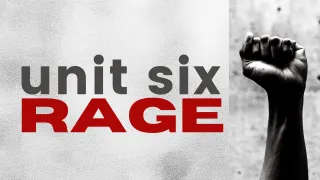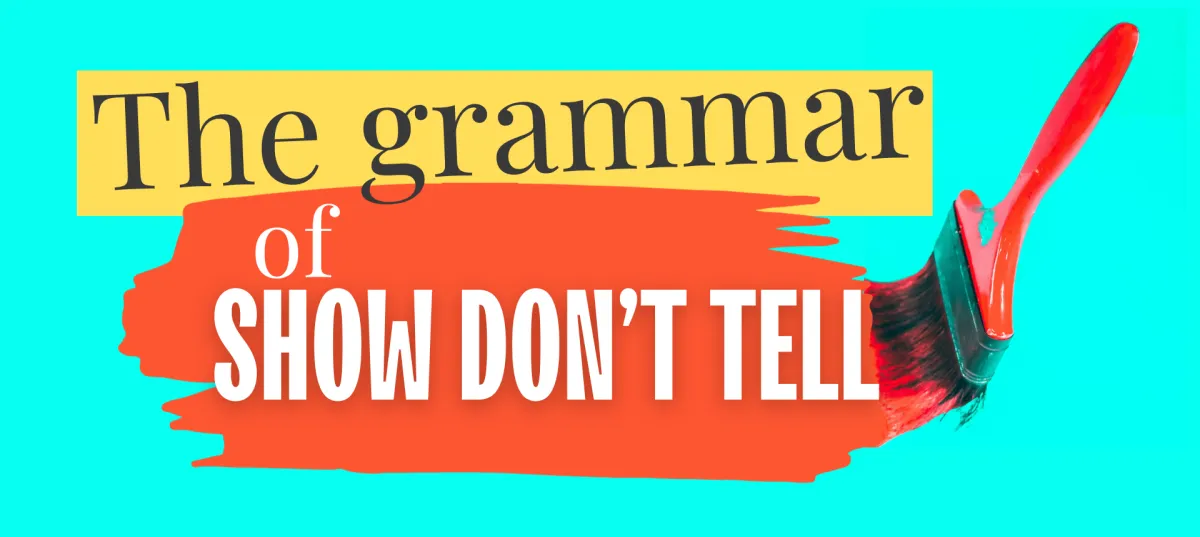
Easy-going writing tips for exploring the emotional depths
How easy do you find it to ‘show don’t tell’ when describing emotions?
The Grammar of Show Don’t Tell is an innovative approach to the classic writing conundrum—how to write emotions that resonate.
Each of the six units discusses the ‘grammatical shape’ of a different emotion.

Fear

Envy

Grief

Love at first sight

Sensuality

Rage
Fear
Envy
Grief
Love at first sight
Sensuality
Rage
Each of the six units discusses the ‘grammatical shape’ of a different emotion: fear, envy, grief, love at first sight, sensuality and rage.
You’ll be gently guided through writing prompts and a scaffolded, easy-going introduction to grammatical principles.
You’ll learn
How to use probes to access your linguistic intuition
The elements of clause structure: subjects, verbs, complements and adjuncts
Key aspects of transitivity: active/passive voice, processes and participants
Cleft sentences and their effects
How to analyse complex sentences and embedded clauses
How to weave metaphor into the grammatical structure of your work
Our dive into the emotional depths will include close analysis of texts, including both ‘everyday’ communication and passages from literary works.
We’ll explore the grammatical shape of emotions in online texts, including:
Business advice
NHS Guidance
TripAdvisor
Reddit
Dear Sugar
We’ll discover the ways that writers craft emotions in literary works, including:
Othello (William Shakespeare)
The second sight of Zachary Cloudesley (Sean Lusk)
Like water for chocolate (Laura Esquivel)
The English patient (Michael Ondaatje)
The bluest eye (Toni Morrison)
Course content
The course comprises over four hours of video instruction, including exercises, writing prompts and downloadable slides. All material is available immediately, and you can take it in at your own pace.
Unit one: Introduction
‘Show don’t tell’ is the writing advice people love to give, but what does it even mean? Is it even possible to show don’t tell in the medium of language, a tool used exclusively for ‘telling’? Unit one introduces the idea that emotions have a grammatical shape. We’ll look specifically at the emotion of fear, and play with the different ways fear might be grammatically structured.
Video length: 42 minutes
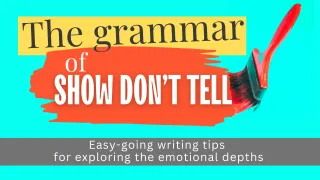
Unit two: Envy
Could grammar be used to cure writer’s block? In unit two we explore how a clause-based approach to grammar can help with ‘show don’t tell’. We’ll be looking specifically at the grammatical shape of envy in a business advice column and Othello. You’ll learn easy-going strategies for identifying subjects and verbs in clauses as a way to play with transitivity and explore the shape of envy.
We’ll cover: clause structure (overview), how to use the question-tag probe to find subjects and verbs, transitivity, grammatical participants (actor and goal), active/passive voice
Video length: 44 minutes
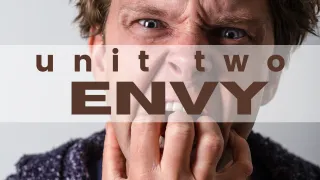
Unit three: Grief
What’s the difference between envy and grief? We’ll explore both the ‘felt’ experiences and the grammatical shapes of these two emotions. We’ll look at how grief is shaped in NHS guidance about losing a partner in pregnancy and in the opening scenes of Sean Lusk’s historical novel, The second sight of Zachary Cloudesley.
We’ll cover: subjects, verbs and complements, how to use the who/what probe to find complements, the structure of cleft sentences and how they can be used to shape emotions
Video length: 40 minutes
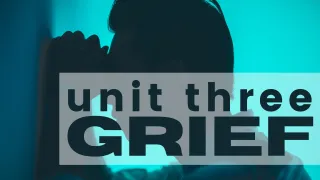
Unit four: Sensuality
How easy do you find it to ‘show don’t tell’ when describing bodily/sensual experiences? It’s not always as easy as you’d think. In this unit we’ll explore transitivity in more detail, looking at the types of processes that can be expressed by verbs. We’ll analyse sensuality in a TripAdvisor article and in a passage from Michael Ondaatje’s The English patient.
We’ll cover: barriers to ‘show don’t tell’ when it comes to bodily/sensual descriptions, transitivity, which M.A.K. Halliday calls ‘grammar of experience’, an overview of the types of processes in transitivity grammar (material, behavioural, mental, verbal, relational and existential), how material processes can help with sensual scenes, a review of passive/active voice
Video length: 36 minutes
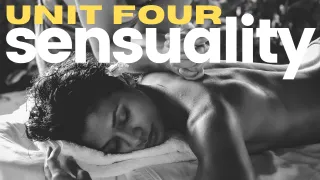
Unit five: Love at first sight
Do you believe in love at first sight? Even if you don’t, it can make for a great plot device. We’ll look at a Reddit thread about a Tinder date and Laura Esquivel’s Like water for chocolate to examine the complex grammatical shape of love at first sight.
We’ll cover: love at first sight as a plot device, the value of writing sensuality into love-at-first-sight scenes, a closer look at these processes in transitivity grammar (material, behavioural, mental, relational and verbal), how to shape complex emotions by juxtaposing different process types, how to analyse complex sentences with embedded clauses, the role embedded clauses can play in conveying complex emotions
Video length: 42 minutes
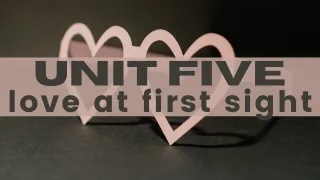
Unit six: Rage
What change would you like your writing to inspire? In this unit we’ll explore writing rage as a form of social justice. We’ll examine a Dear Sugar advice column where the writer expresses righteous rage about barriers to disability care. We’ll also look to The bluest eye to learn from Toni Morrison’s expert portrayal of rage (and shame) in a character who is especially vulnerable to the destructive power of everyday racism.
We’ll cover: how to conduct an SVCA analysis (subjects, verbs, complements and adjuncts), metaphor and grammatical structure, how to weave metaphor into the grammatical shape of the emotions you’re writing, how character emotions can be linked to the themes in your work
Video length: 47 minutes
